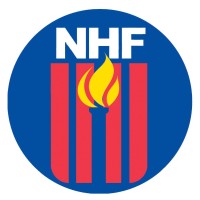
National Health Federation
Established in 1955, the National Health Federation is a non-profit, international consumer-education, health-freedom organization working to protect individuals' rights to choose to consumer healthy food, take supplements, and use alternative therapies without government restrictions. with consumer members all over the World, and a Board of Governors and Advisory Board containing representatives from seven different countries, the Federation is unique as being the only consumer health-freedom organization in the World to enjoy official observer status (able to speak out for health freedom) at meeting of the Codex Alimentarious Commission, the highest international body on food standards. The National Health Federation is your Voice for health freedom.






